New Tech for Island Restoration: Sentinel Camera Traps
We're using a cutting-edge new tool to sense and detect animals in remote locations. Find out how!
Our new online shop is live!
Published on
December 25, 2018
Written by
Emily Heber
Photo credit
Emily Heber

Island Conservation biologist finds a 5000% increase in native tree recruitment on invasive rat-free Palmyra Atoll.
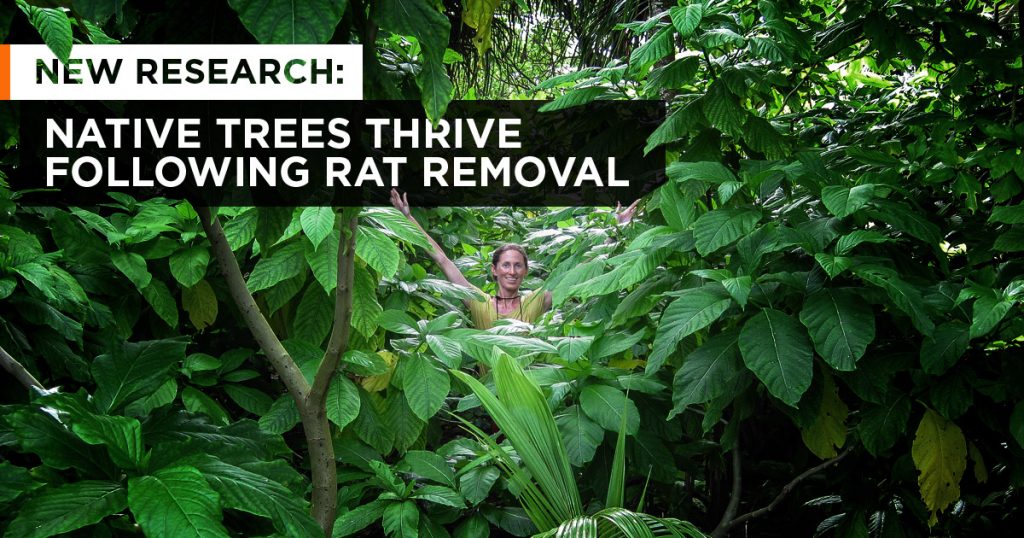
Five years after the removal of invasive rats form Palmyra Atoll, researchers immediately started seeing signs of recovery with seedlings sprouting across the island. In 2016, a team led by Island Conservation’s Coral Wolf set off to monitor the recovery. The results she found were astounding. Native Pisonia grandis, as well as other native plants, were not just surviving but thriving with a 5000% increase in vegetation recruitment.
The Science is In: Coral Reefs Thrive Near Rat-Free Islands
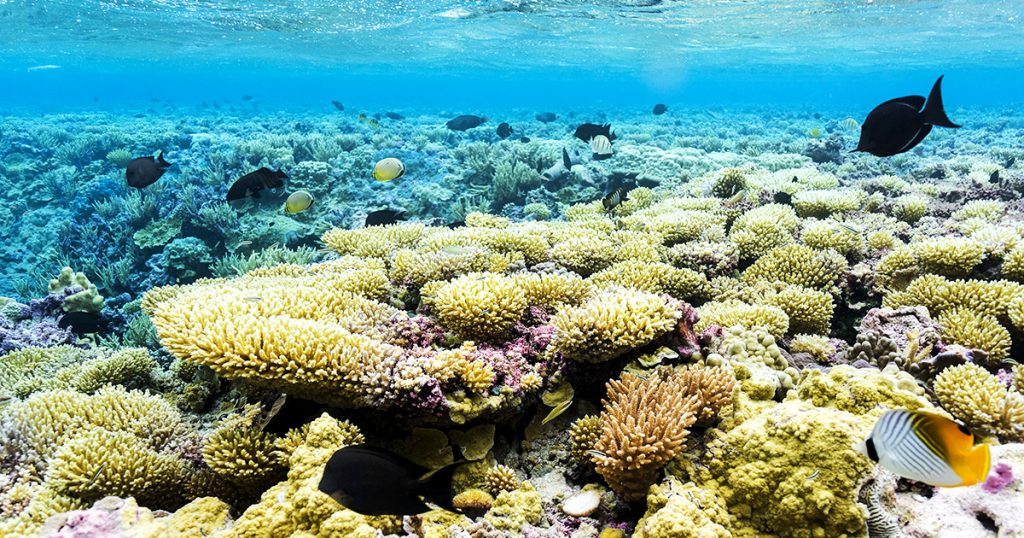
Researchers confirm a suspicion that island communities and conservationists have had for decades: removing invasive rats benefits the marine environment. The paper’s lead author Professor Nick Graham of Lancaster University, UK said:
“The results of this study are clear. Rat eradication should be a high conservation priority on oceanic islands. Getting rid of the rats would be likely to benefit terrestrial ecosystems and enhance coral reef productivity and functioning by restoring seabird derived nutrient subsidies from large areas of ocean. It could tip the balance for the future survival of these reefs and their ecosystems.”
Palmyra Rat Eradication Rids the Atoll of Disease-Carrying Mosquitoes

New research reveals the removal of rodents from Palmyra Atoll by Island Conservation, The Nature Conservancy and the U.S. Fish and Wildlife Service in 2011 also got rid of the disease-carrying Asian tiger mosquito. Although other invasive mosquitoes are still present on the Atoll, the removal of the Asian tiger mosquito is great news for native birds!
New Research: Albatross-eating Mice Responsible for Two Million Fewer Seabird Chicks on Gough Island Each Year
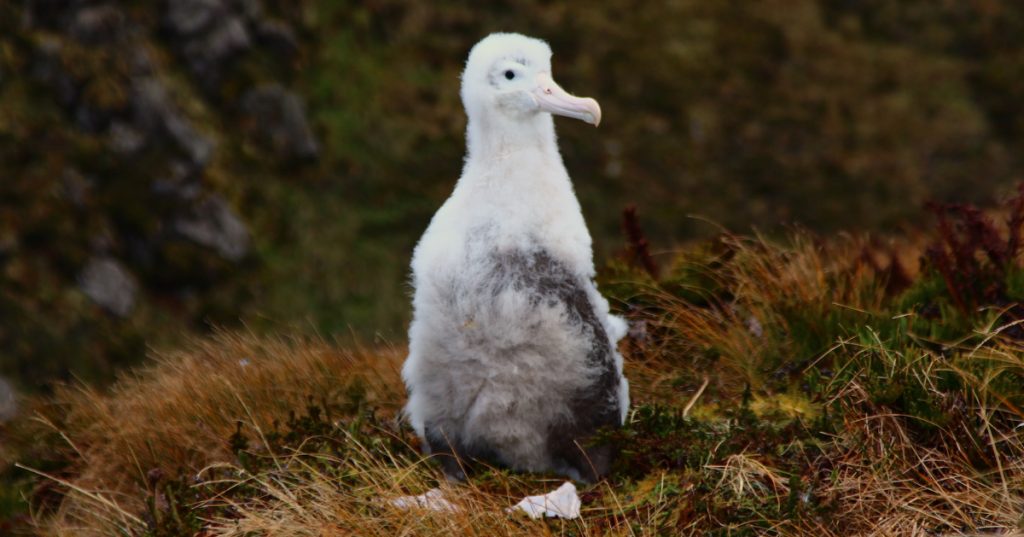
The Royal Society for the Protection of Birds (RSPB) published new findings from Gough Island where predation by invasive mice is causing two million fewer seabird eggs and checks every year. Luckily, Island Conservation, RSPB, Tristan da Cunha, and partners are working together to prevent the extinction of these threatened seabirds by removing invasive mice.
Keep up to date on all the latest news year-round by signing up for the Island Conservation Newsletter.
Featured photo: Coral Wolf and her team of researchers trudge through the waters of Palmyra Atoll. Credit: Island Conservation
Check out other journal entries we think you might be interested in.
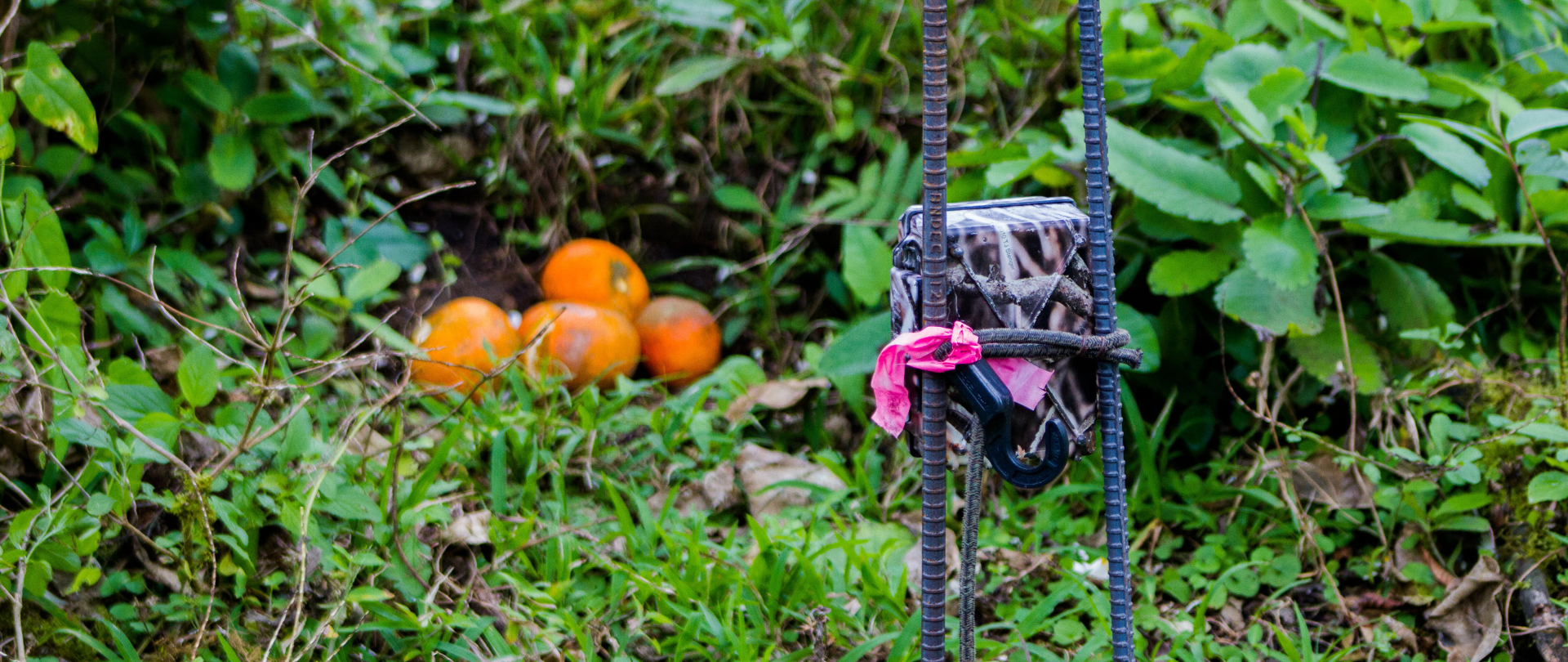
We're using a cutting-edge new tool to sense and detect animals in remote locations. Find out how!
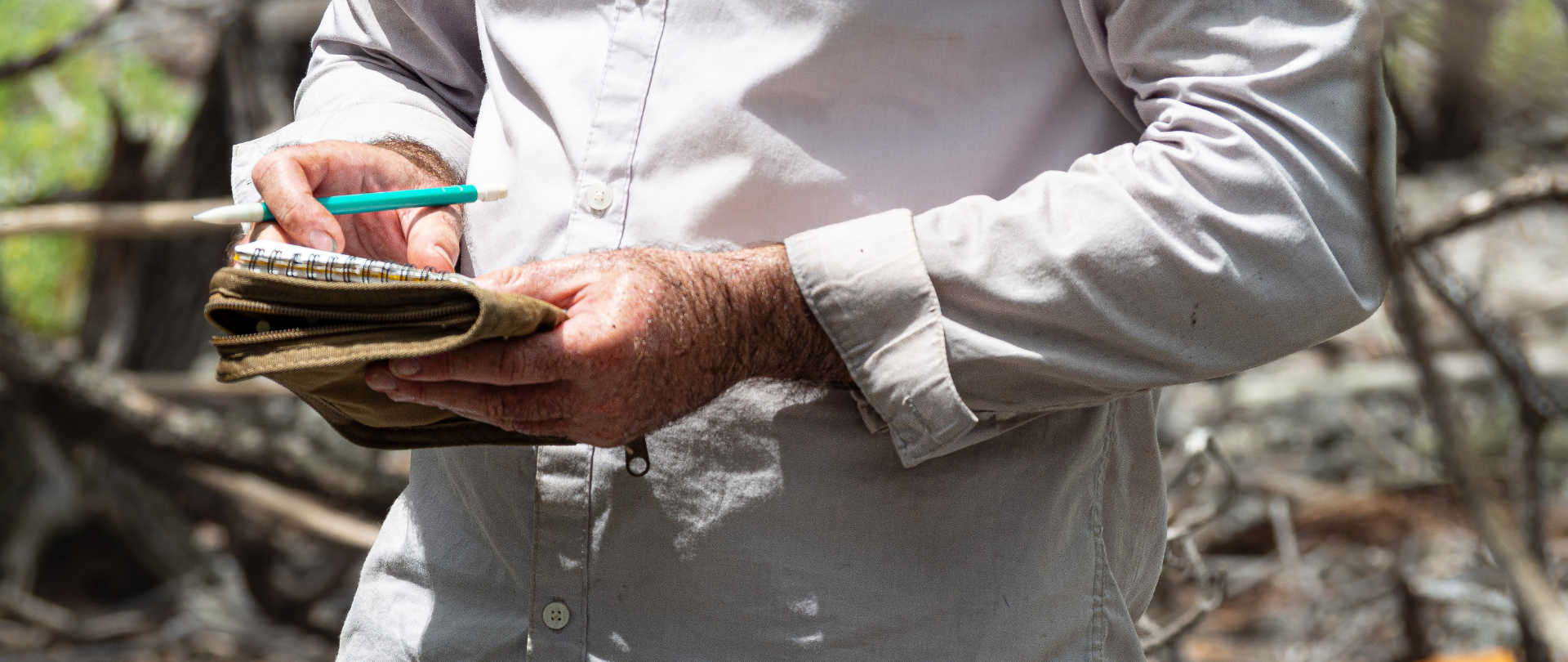
Groundbreaking research has the potential to transform the way we monitor invasive species on islands!
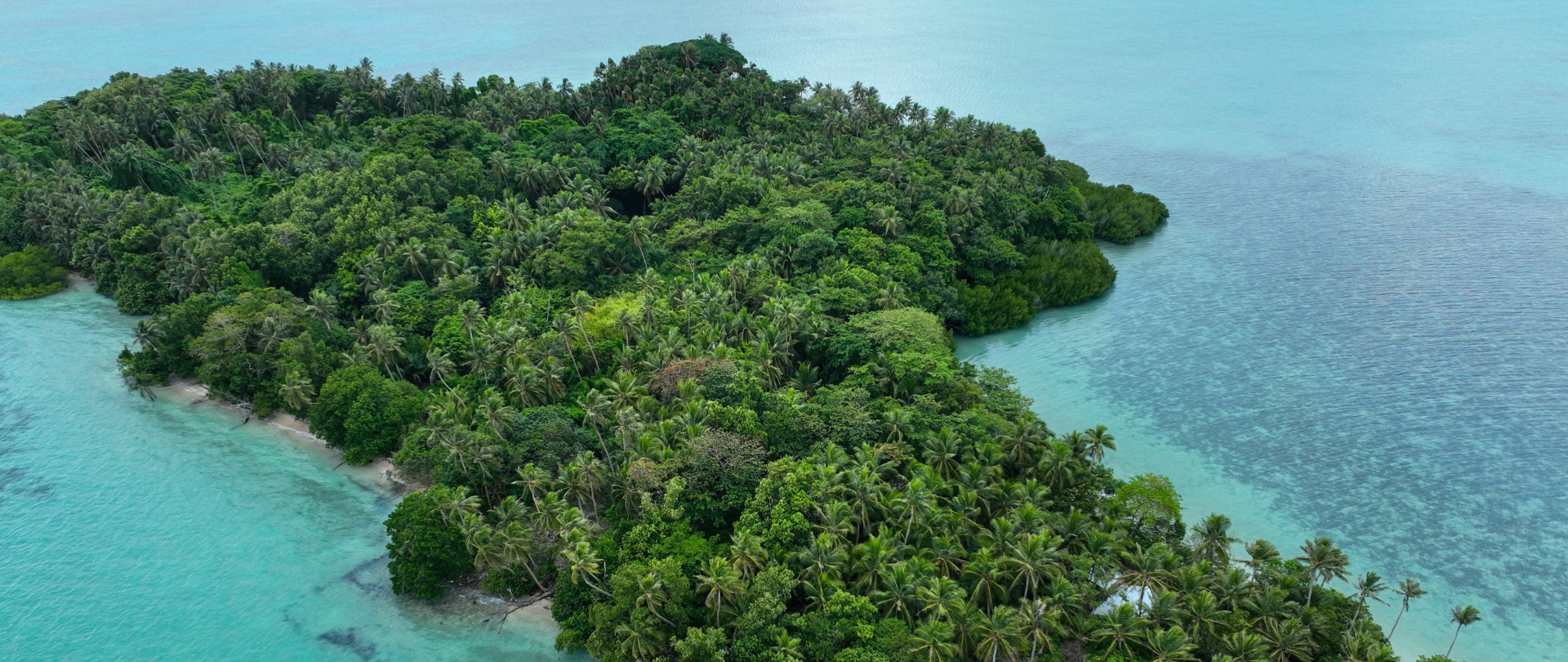
Ann Singeo, founder of our partner organization the Ebiil Society, shares her vision for a thriving Palau and a flourishing world of indigenous science!
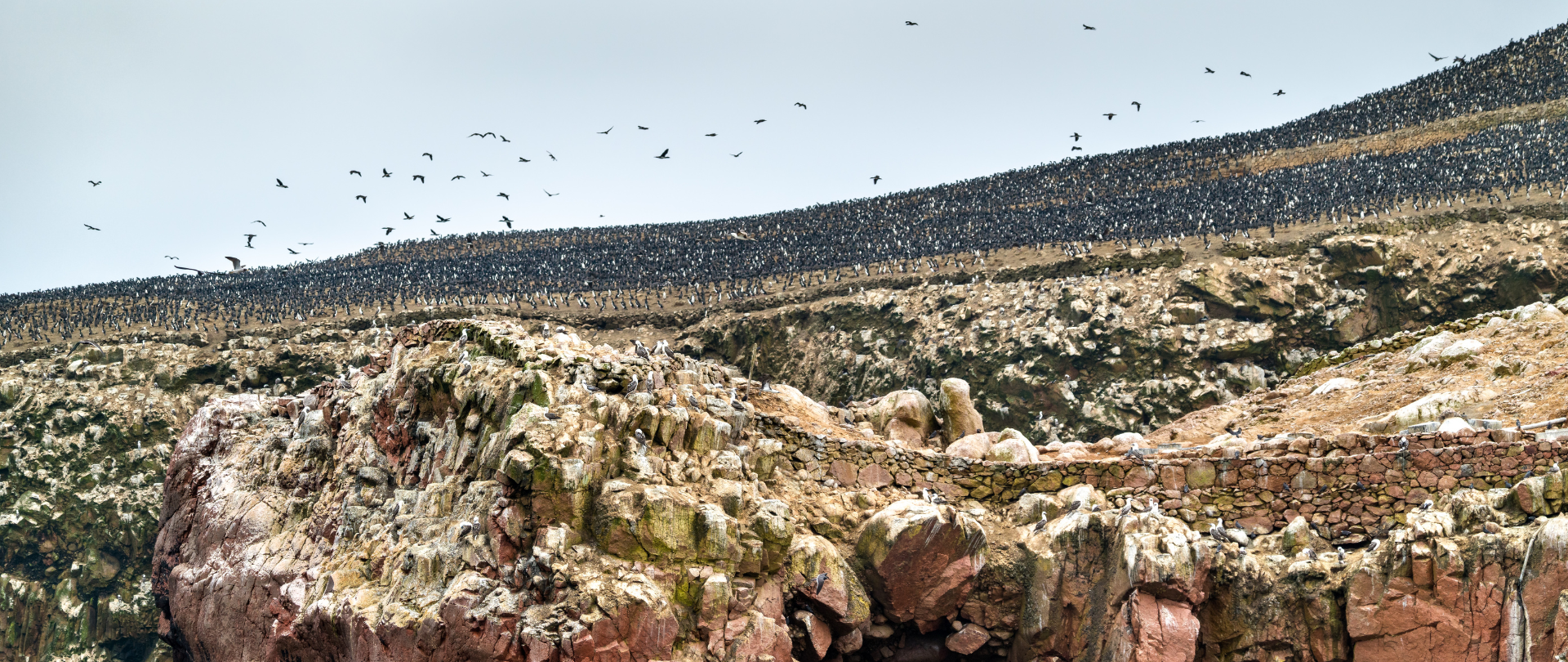
This historic agreement aims to protect the marine and coastal areas of the Southeast Pacific.
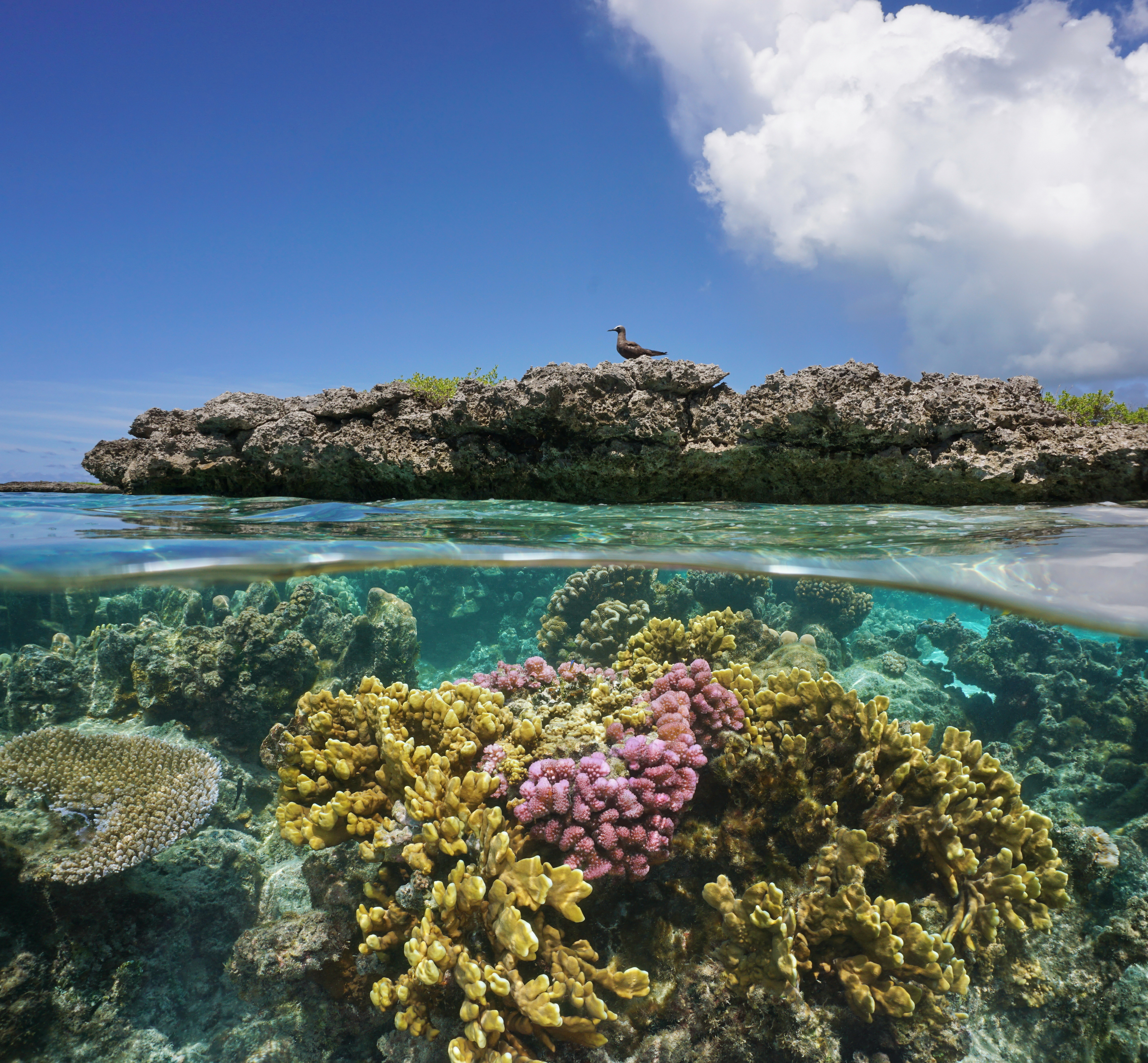
Our projects to restore key islets in Nukufetau Atoll forecast climate resilience and community benefits in Tuvalu!
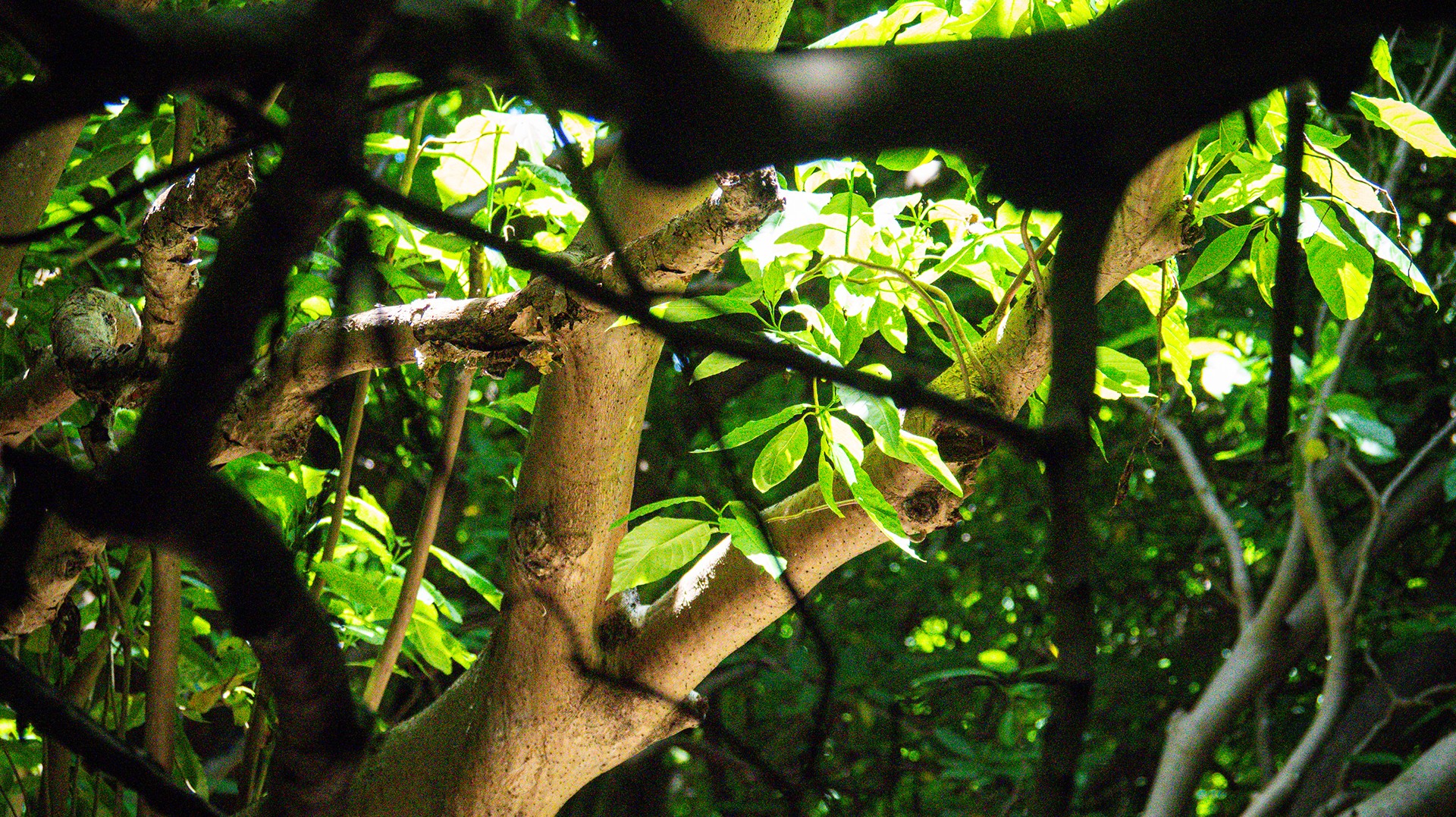
Island Conservation and partners have published a new paper quantifying ecosystem resilience on restored islands!
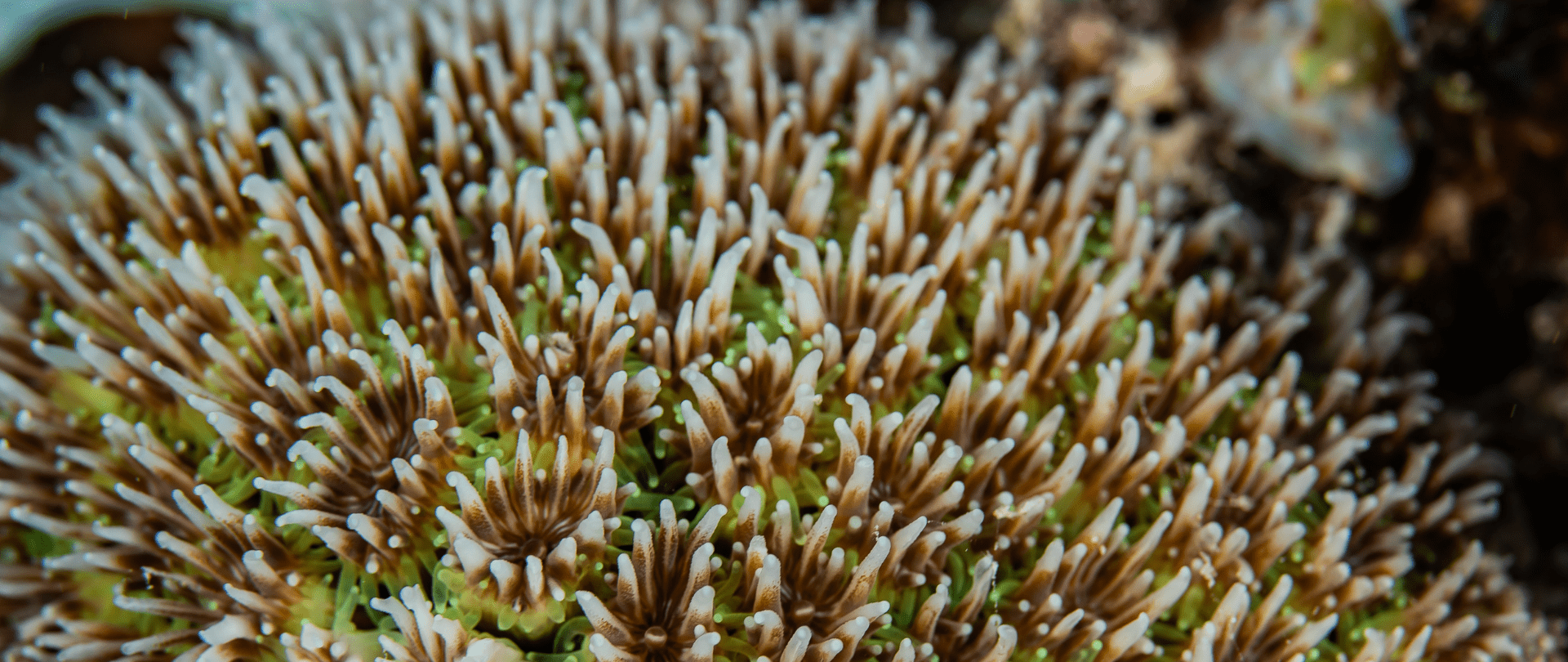
Climate Week NYC: what is it and why is it important? Read on to find out why Island Conservation is attending this amazing event!
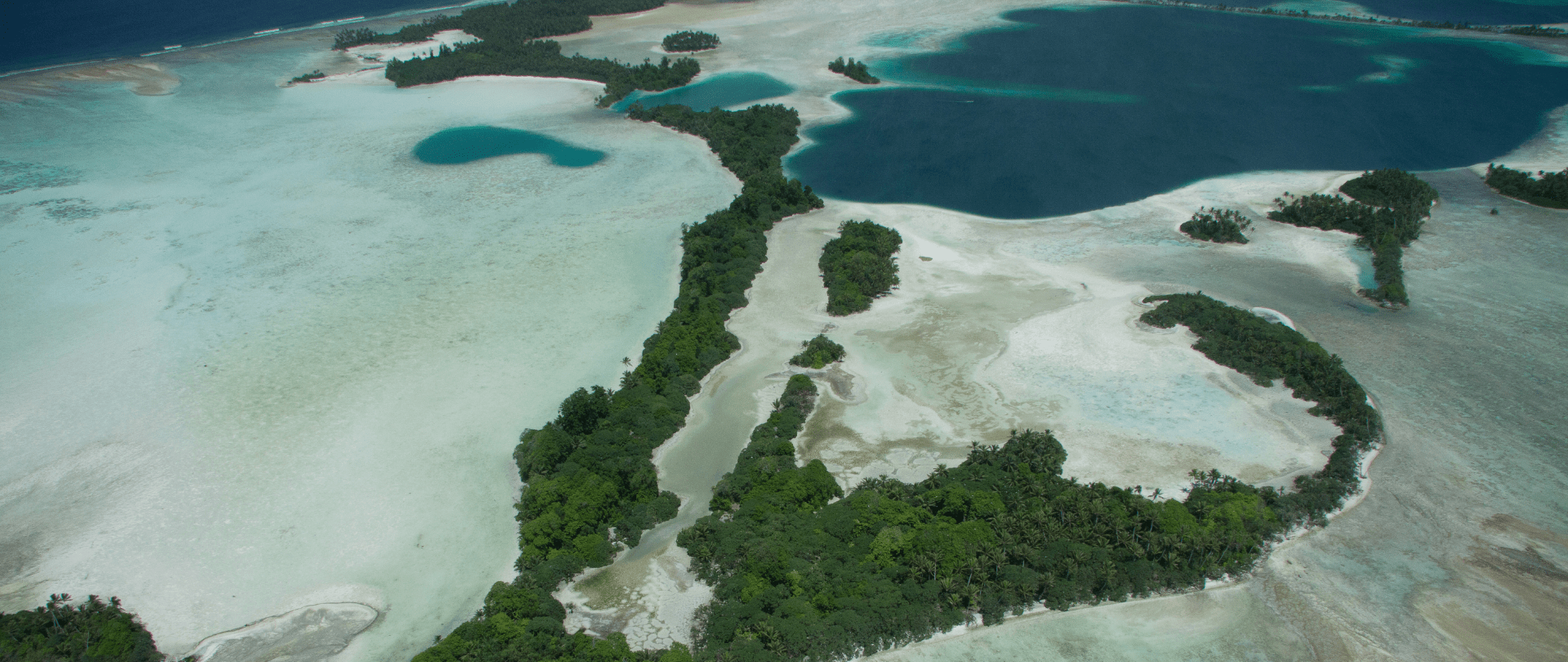
With sea levels on the rise, how are the coastlines of islands transforming? Read on to find out how dynamic islands really are!
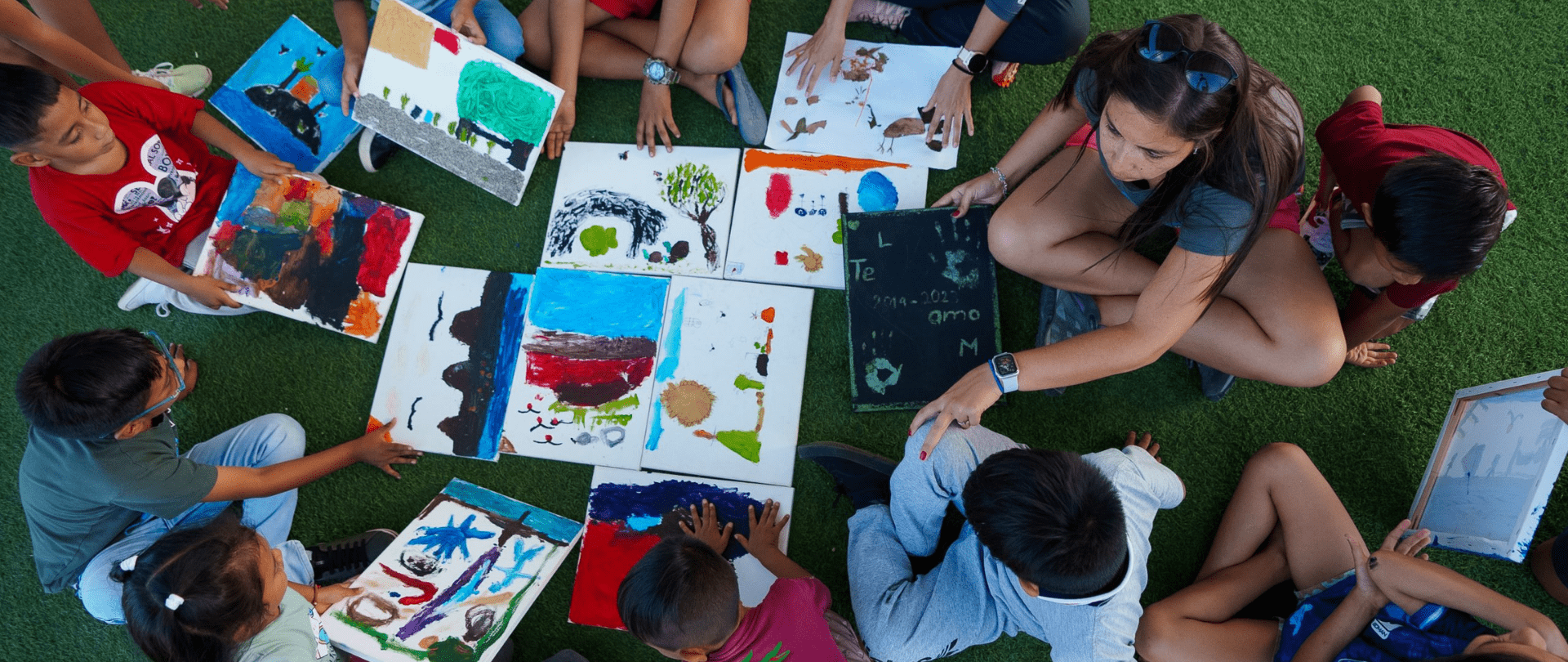
Join us in celebrating the most amazing sights from around the world by checking out these fantastic conservation photos!
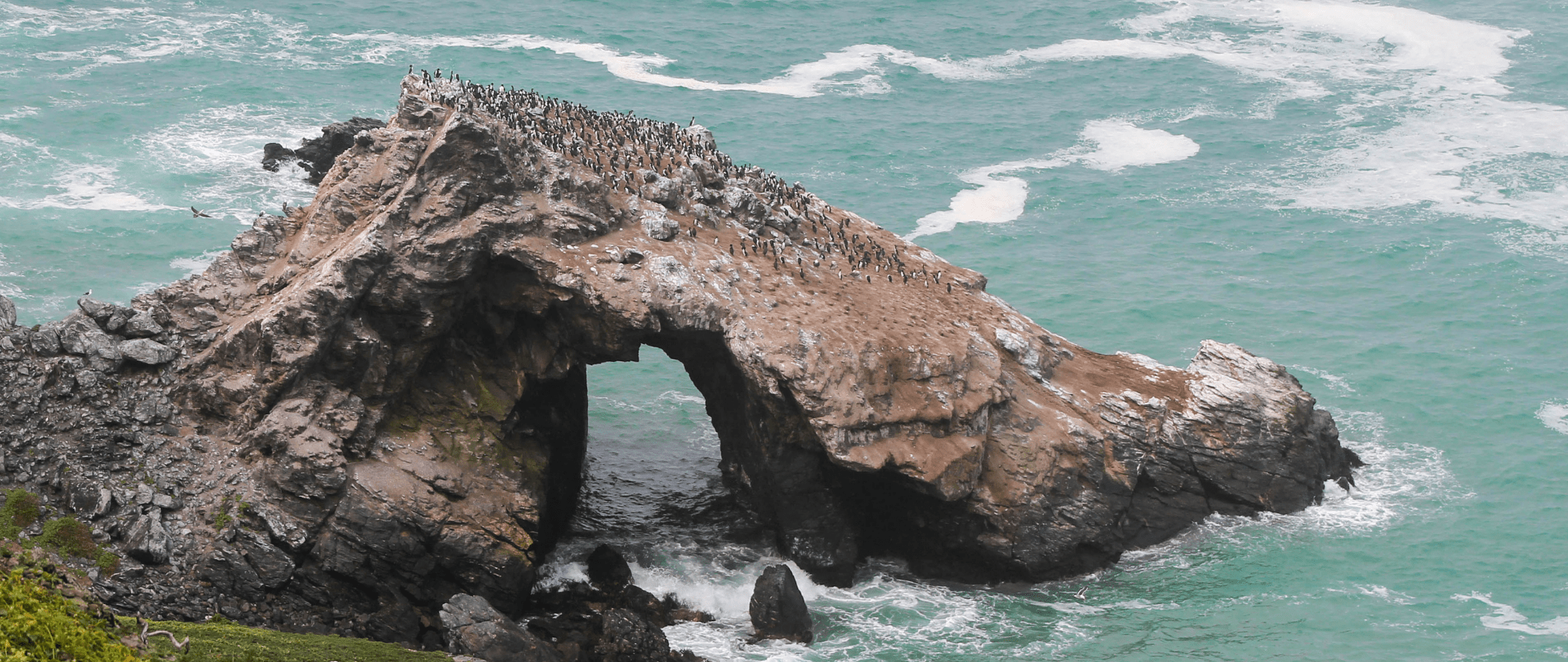
Rare will support the effort to restore island-ocean ecosystems by engaging the Coastal 500 network of local leaders in safeguarding biodiversity (Arlington, VA, USA) Today, international conservation organization Rare announced it has joined the Island-Ocean Connection Challenge (IOCC), a global effort to…